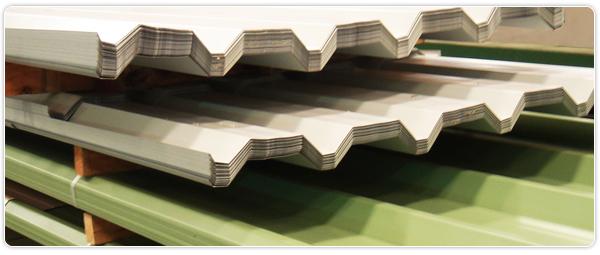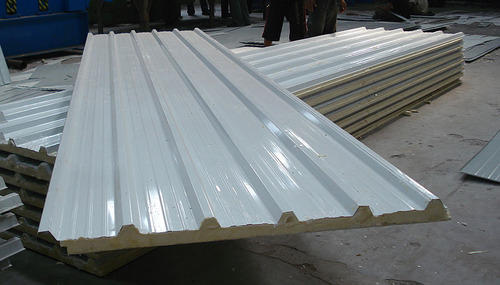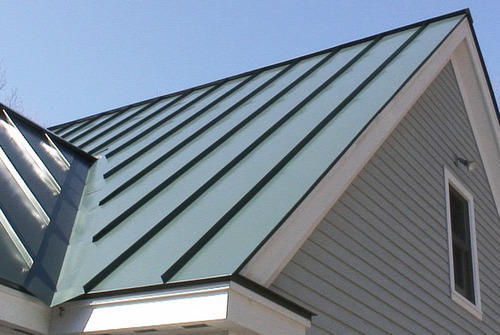About Us
A raised floor (also raised flooring) is a type of floor used in office buildings (such as IT data centers) with a high requirement for servicing to carry cables, wiring, electrical supply, and sometimes air conditioning or chilled water pipes. Additional structural support and lighting are often provided when a floor is raised enough for a person to crawl or even walk beneath. This type of floor consists of a gridded metal framework or understructure of adjustable-height legs (called "pedestals") that provide support for individual floor panels, which are usually 2×2 feet or 60×60cm in size. The height of the legs/pedestals is dictated by the volume of cables and other services provided beneath, but typically arranged for a clearance of at least six inches or 15cm. The panels are normally made of steel-clad particleboard or a steel panel with a cementitious internal core. There are a variety of flooring finishes to suit the application such as carpets, high-pressure laminates, marble, stone, and antistatic finishes for use in computer rooms and laboratories. Many modern computer and equipment rooms employ an underfloor cooling system to ensure even cooling of the room with minimal wasted energy. Cooled air is pumped under the floor and dispersed upward into the room through regularly spaced diffuser tiles or through ducts directed into specific equipment. Automatic fire protection shutoffs may be required for under-floor ventilation, and additional suppression systems may be installed in case of under-floor fires. Because the flooring tiles are rarely removed once equipment has been installed, the space below them is seldom cleaned, and fluff and other debris settles, making working on cabling underneath the flooring a dirty job. Smoke detectors under the raised floor can be triggered by workers disturbing the dust, resulting in false alarms.






